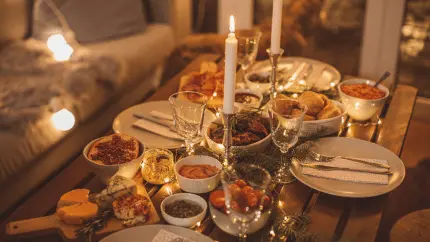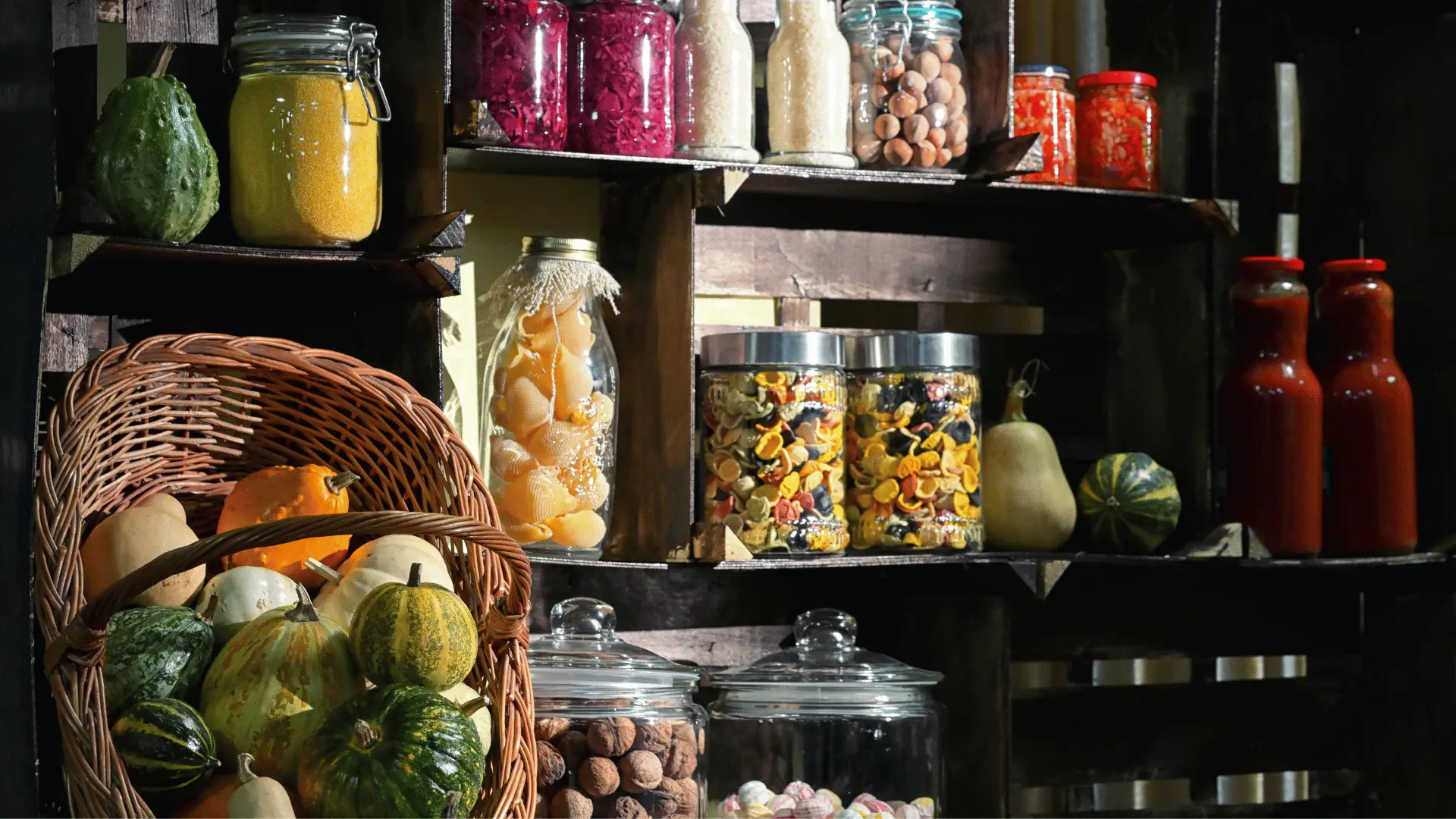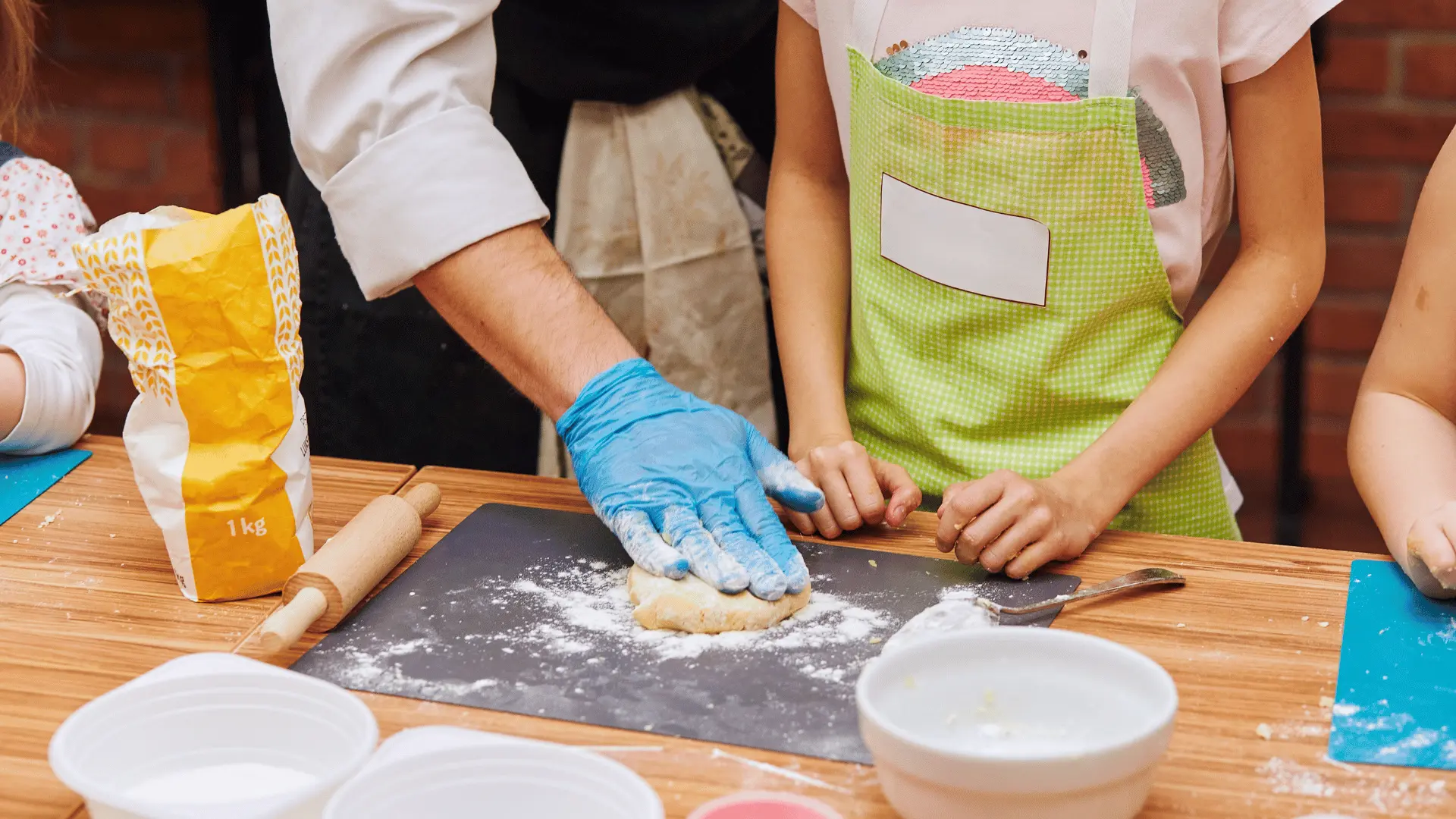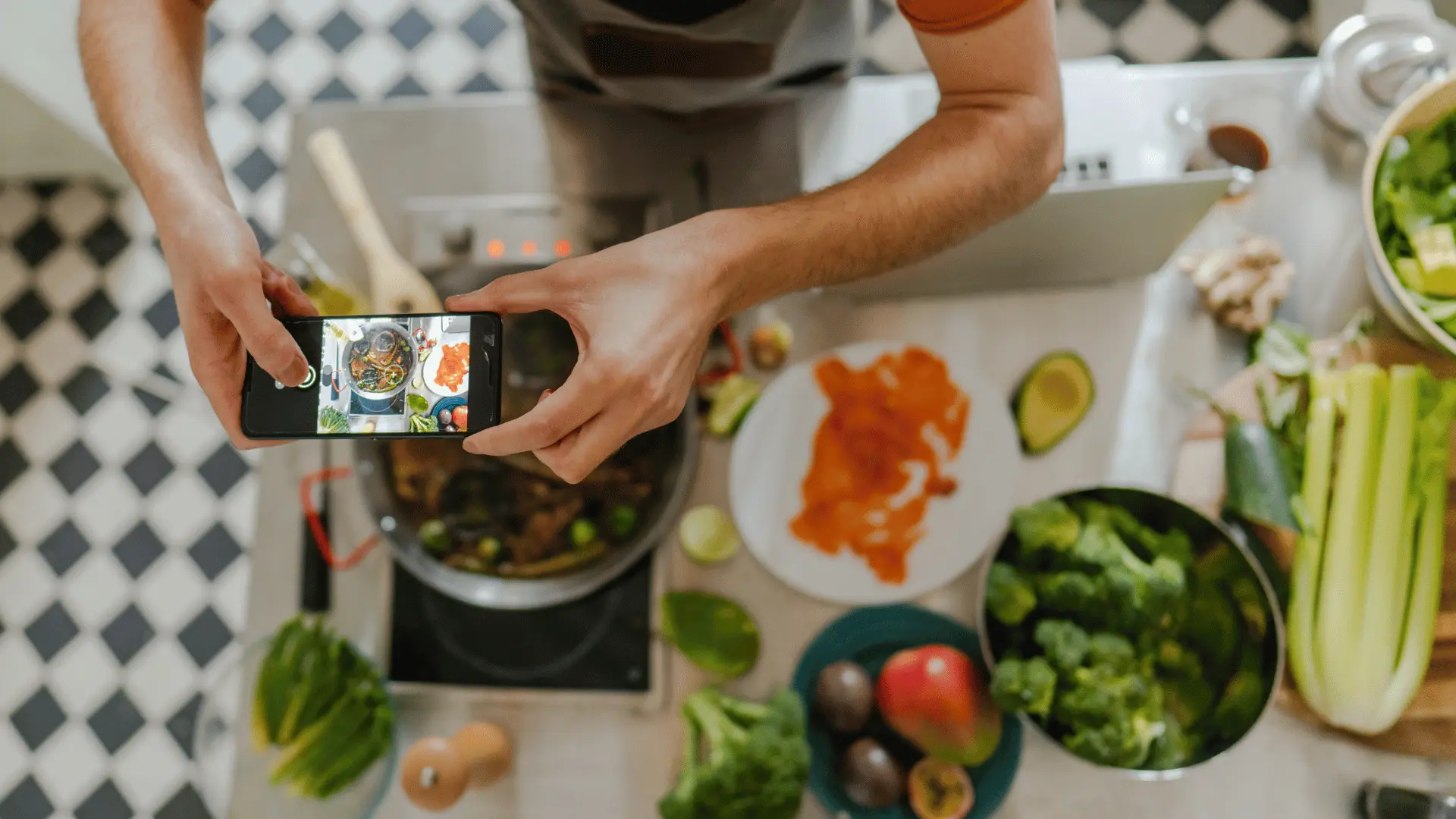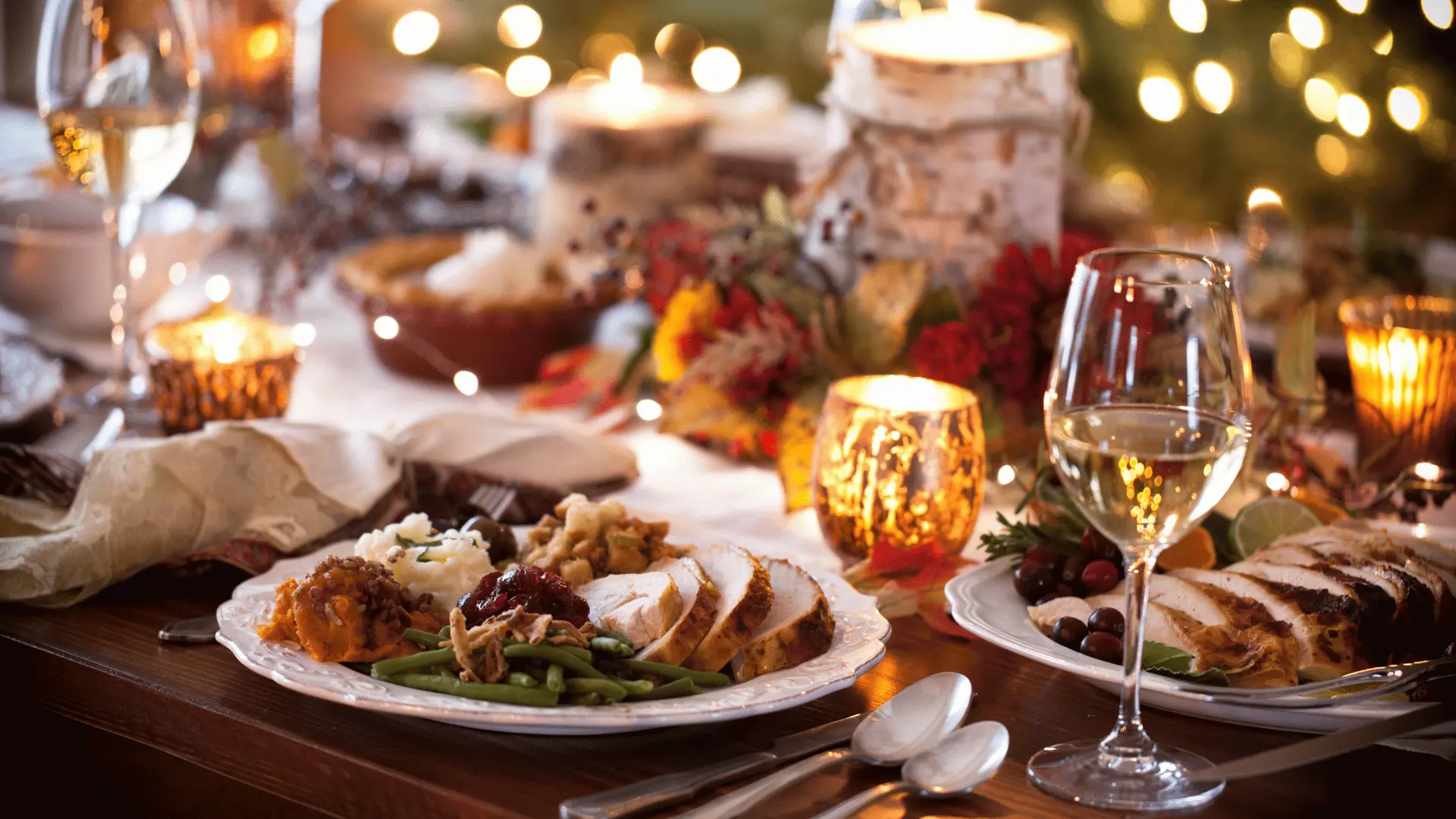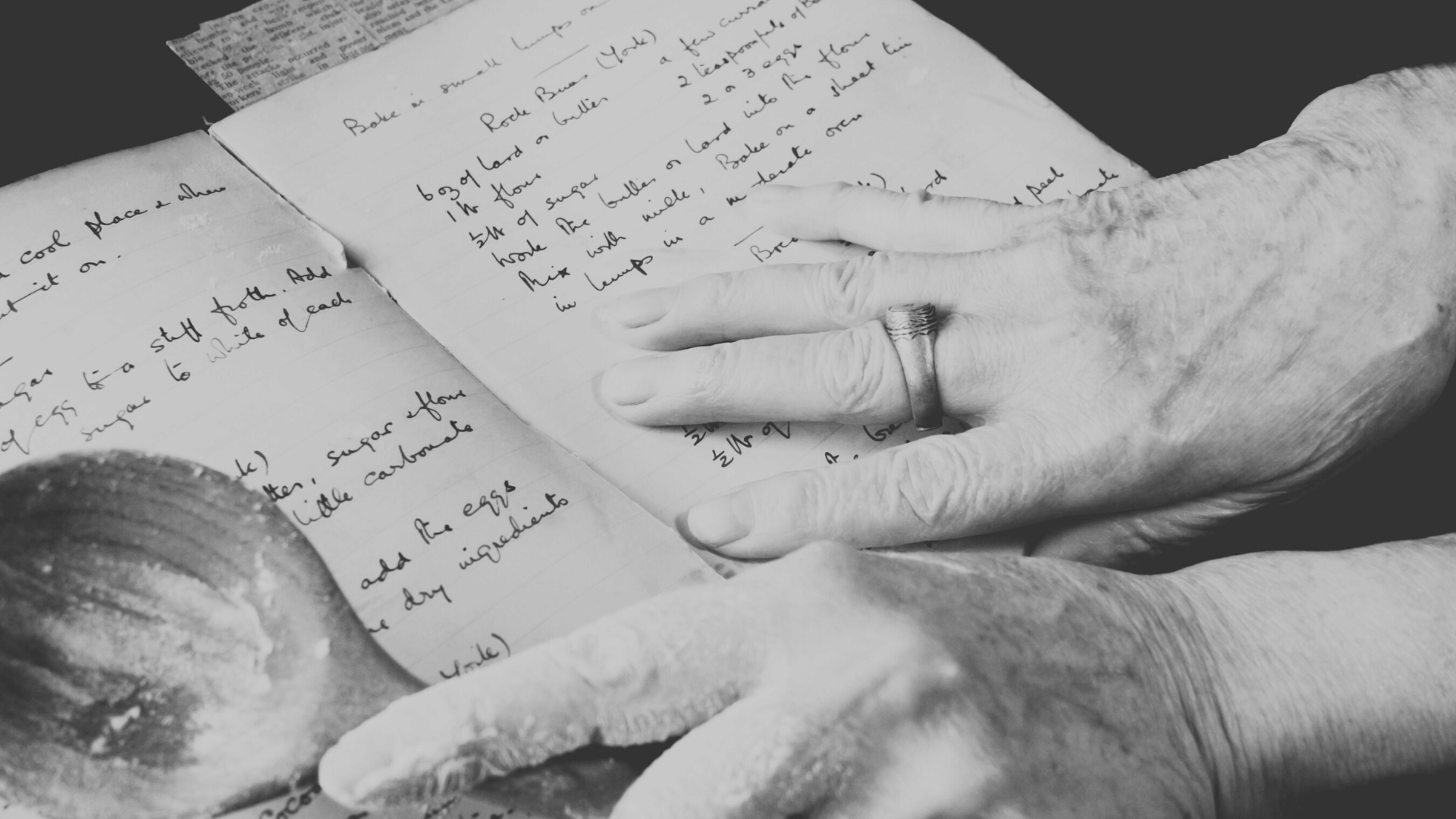
What Makes a Recipe an Heirloom? (And How to Save Yours Digitally)
Every family has recipes, but not every recipe becomes an heirloom. Some are quick weeknight dinners that fade with time, while others—like Grandma’s apple pie or Dad’s chili—become part of the family’s identity. These heirloom recipes live on because they’re more than food; they’re memory, history, and love served on a plate. But unless we preserve them, even heirlooms risk being lost.
We’ve learned that recipes become heirlooms not through perfection, but through meaning. They carry the fingerprints of the cooks who made them, the traditions they represent, and the memories they unlock. And today, with digital tools, we can save those heirlooms in ways that make them accessible for generations to come.
So, What Makes a Recipe an Heirloom?
An heirloom recipe isn’t just old. It’s a recipe that carries weight—emotional, cultural, and personal. Here are a few qualities that transform an ordinary dish into an heirloom:
- It tells a story: Maybe it was first made during tough times, or maybe it marked every holiday dinner for decades. The narrative makes it memorable.
- It connects generations: A dish that your grandparents made, your parents continued, and you now serve creates a living chain of tradition.
- It carries culture: Many heirloom recipes reflect heritage—tamales, dumplings, gumbo, or pierogi that connect families to their roots.
- It feels irreplaceable: Anyone can make lasagna, but only your family’s lasagna—tweaked and perfected—feels like home.
- It inspires nostalgia: The smell of cinnamon rolls, the crunch of fried chicken, or the taste of roasted turkey can transport you instantly back in time.
In short, heirloom recipes are those we can’t imagine losing. They’re woven into the identity of a family, carrying memories with every bite.
Examples of Heirloom Recipes
What recipes qualify as heirlooms? Every family will answer differently, but here are some common ones that often stand the test of time:
- Grandma’s Apple Pie: The flaky crust, the cinnamon-scented filling, and the love poured into every slice.
- Sunday Pot Roast: Slow-cooked, savory, and served at countless family dinners.
- Holiday Cookies: From gingerbread to spritz, cookies that kids decorate year after year.
- Heirloom Tomato Recipes: Salads, sauces, or soups that celebrate produce passed down through gardens and generations.
- Special Occasion Cakes: Birthday or wedding cakes with recipes that hold as much memory as flavor.
Notice how many of these aren’t just recipes—they’re rituals. They appear at birthdays, holidays, and reunions, etching themselves into our family calendars as much as our cookbooks.
Why Heirloom Recipes Matter
Heirloom recipes matter because they hold identity. They remind us who we are, where we came from, and what we value. They’re edible history, connecting us not only to relatives we knew but also to ancestors we’ve never met. Making a family recipe is a way of bringing someone back to the table, even years later.
In a world where life moves quickly, heirloom recipes slow us down. They remind us to celebrate, to share, to sit together. They carry laughter, mistakes, substitutions, and improvisations—and in doing so, they tell us something about resilience and love.
The Risk of Losing Heirloom Recipes
Here’s the hard truth: heirloom recipes are fragile. They often live in a single notebook, on an index card, or worse—only in someone’s memory. Handwriting fades, paper gets misplaced, and memories slip. That’s why so many families discover too late that a cherished dish is gone forever.
Preserving recipes isn’t about nostalgia alone—it’s about protecting identity. When we lose a recipe, we lose a piece of our story.
How to Save Heirloom Recipes Digitally
The good news is that technology makes saving recipes easier than ever. Here’s how to ensure your family’s culinary heirlooms live on:
- Digitize handwritten cards: Photograph or scan recipe cards to preserve the handwriting, stains, and notes that make them unique.
- Record stories: Ask family members to share the backstory of each recipe. Record audio, video, or write it down.
- Add photos and videos: Pair recipes with images of the dish, or film relatives making them step by step.
- Use a digital platform: Tools like Recipe Memory make it easy to organize, share, and preserve recipes for the whole family to access.
- Invite collaboration: Encourage relatives to add their variations, tweaks, and memories to create a living, evolving cookbook.
Tips for Identifying Heirloom Recipes in Your Family
Not sure which recipes are true heirlooms? Ask yourself:
- “If this recipe disappeared, would it feel like a loss to the family?”
- “Does this dish show up at every holiday or special occasion?”
- “Does this recipe connect us to our culture, heritage, or past generations?”
- “Do family members argue over who makes it best?” (a sure sign it’s important!)
If the answer is yes, you’ve found an heirloom worth preserving.
Blending Tradition and Innovation
Heirloom recipes aren’t static—they evolve. Your grandmother’s chicken soup might now be made gluten-free, or your uncle’s chili may have gained new spices over the years. That doesn’t diminish their value—it enriches it. When you save both the original and the updated versions, you capture the living nature of tradition.
Why Digital Preservation Matters
Saving recipes digitally doesn’t replace the handwritten cards—it extends them. It ensures that grease stains and fading ink don’t erase a family’s legacy. And it makes them accessible. A cousin across the country, a sibling studying abroad, or a grandchild decades from now can all access the same recipes with the same stories intact.
That’s the power of a digital family cookbook. It’s not just about convenience—it’s about connection. It transforms recipes from fragile papers into living heirlooms that can be cooked, shared, and loved for generations.
Key Takeaway
An heirloom recipe is one that carries memory, identity, and love. It’s more than food—it’s a story told through flavor, passed from one generation to the next. By preserving these recipes digitally with Recipe Memory, you ensure that your family’s culinary treasures don’t fade with time. Because when it comes to heirloom recipes, losing them isn’t just losing a dish—it’s losing a piece of who we are.
Love what you’re reading?
Join Recipe Memory today to save your favorite recipes, plan meals with ease, and create smart grocery lists ...all in one place.
